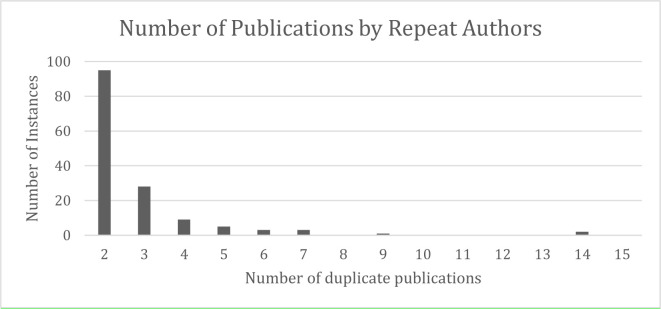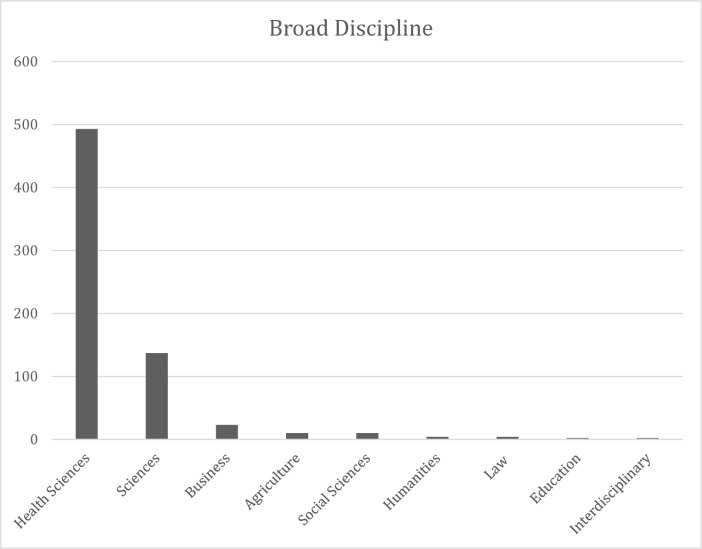Canadian academics' use of predatory journals.
IF 2.5
Q3 INFORMATION SCIENCE & LIBRARY SCIENCE
引用次数: 3
Abstract
Introduction Predatory journals have been acknowledged as an increasing concern in the scholarly literature over the last decade, but research on the subject has been sparse. Research that has focused on predatory journals in the Canadian context has been even rarer, and limited to work focused on a single university. This study explores publishing trends in predatory journals by authors affiliated with Canadian universities. Methods Articles published by authors at 30 Canadian universities, including all universities in the U15, were pulled from select predatory journals. Key data including author affiliation, article type, discipline, and grant information were extracted from the articles. Results All universities in the study were found to have publications in predatory journals. The health sciences accounted for 72% of the publications, and the sciences for 20%. Research articles accounted for 50% of the articles. Opinion, editorial, or commentary pieces accounted for 24% and 19% were review articles. Grant funding was indicated in 34% of the articles, with NSERC and CIHR being top funders. The research-intensive U15 universities were found to publish more in predatory journals than their non-U15 compatriots, even when the universities were of similar size. Discussion Canadian scholars were found to publish in predatory journals, particularly those scholars from the health sciences and research-intensive U15 universities. Grant funding was common, and often came from high profile funders like NSERC and CIHR. This study suggests that policy and education initiatives may be warranted in Canadian contexts, especially in the health sciences and at research-intensive universities.



加拿大学者对掠夺性期刊的使用。
在过去的十年里,掠夺性期刊在学术文献中越来越受到关注,但对这一主题的研究却很少。在加拿大的背景下,关注掠夺性期刊的研究就更少了,而且仅限于一所大学。本研究探讨了加拿大大学附属作者在掠夺性期刊上发表文章的趋势。方法:作者在加拿大30所大学发表的文章,包括U15的所有大学,从掠夺性期刊中提取。从文章中提取关键数据,包括作者隶属关系、文章类型、学科和资助信息。结果:所有参与研究的大学都在掠夺性期刊上发表过文章。健康科学占出版物的72%,科学占20%。研究类文章占50%。观点、社论或评论文章占24%,评论文章占19%。34%的文章中提到了资助,其中NSERC和CIHR是最大的资助者。研究发现,研究密集型的U15大学比非U15大学在掠夺性期刊上发表的文章更多,即使这些大学的规模相似。讨论:发现加拿大学者在掠夺性期刊上发表文章,特别是来自卫生科学和研究密集型U15大学的学者。拨款很常见,通常来自NSERC和CIHR等知名资助者。这项研究表明,在加拿大的情况下,特别是在卫生科学和研究密集型大学,政策和教育举措可能是有必要的。
本文章由计算机程序翻译,如有差异,请以英文原文为准。
求助全文
约1分钟内获得全文
求助全文
来源期刊

Journal of the Canadian Health Libraries Association
INFORMATION SCIENCE & LIBRARY SCIENCE-
CiteScore
1.10
自引率
0.00%
发文量
14
审稿时长
12 weeks
 求助内容:
求助内容: 应助结果提醒方式:
应助结果提醒方式:


